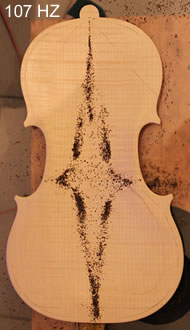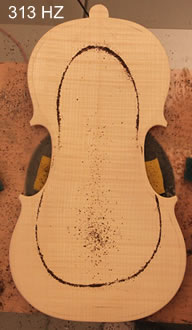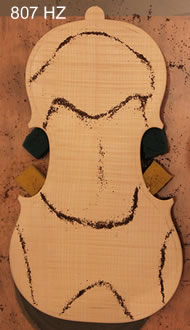Physics in Sound and Music
Physics 211x
Zachariah Yarbro



| Brief
Introduction |
| Physics is the widest
discipline of all sciences, so it always seeks to
explain all natural phenomena by reducing the unknown
elements of the universe to as few rules as possible.
Since sound is a physical phenomena, it makes no
exception to the laws of physics. Sound is nothing but a
giant wave caused by a disturbance in a fluid, thus
knowledge about the properties of waves will allow us to
articulate the properties of sound waves more finely. As
a consequence of articulating wave properties, we can
dive into interesting subjects such as wave interference
and standing wave patterns. These topics are found under
the section "Sound as a Wave", so I would recommend
reading "Properties of waves" before that section for
proper context. Although these two sections cover a working definition of what sound is, they barely scratch the surface of what music is. While music can be defined as sound, sound is not necessarily music. The fixed ratios and harmonics of music can be expressed with mathematics, and this is very cool! Instruments also have some very cool physical properties, too. The set of images at the top of the page are of the back of a violin vibrating at different frequencies. Sand is placed on top and finds its way to certain regions of the violin. These are called Chladni patterns, and I'll explain them in detail in the section "Physical Properties of Musical Instruments". |
| Bibliography |
| http://www.pyxidium.u-net.com/Acoustics/MusicMaths/MusicMaths.html http://www.phys.unsw.edu.au/jw/chladni.html http://www.phys.unsw.edu.au/jw/strings.html http://jcsu.jesus.cam.ac.uk/~rpc25/notes/physics/waves/waves.html http://www.atelierlabussiere.com/acusticalabussiere.htm http://www.physicsclassroom.com/class/sound/ http://upload.wikimedia.org/wikipedia/commons/5/54/Bowed_violin_string_in_slow_motion.gif |